
Waxing Book your waxing appointment online and save
Top 20 Waxing SalonsFor more salons, check out Fresha’s list of Waxing Salons.
 167 Trimmer Parade, Seaton 5023(28)Just Wax It is Seaton’s leading hair removal clinic specialising in men’s and women’s waxing and traditional beauty services.
167 Trimmer Parade, Seaton 5023(28)Just Wax It is Seaton’s leading hair removal clinic specialising in men’s and women’s waxing and traditional beauty services.
Belle Isle
Shop 5 27 Belgrave Street, Manly 2095(51)Belle Isle has serviced the clientele of Manly for over 20 years, specialising in waxing, eyelash extensions, facials and microdermabrasion.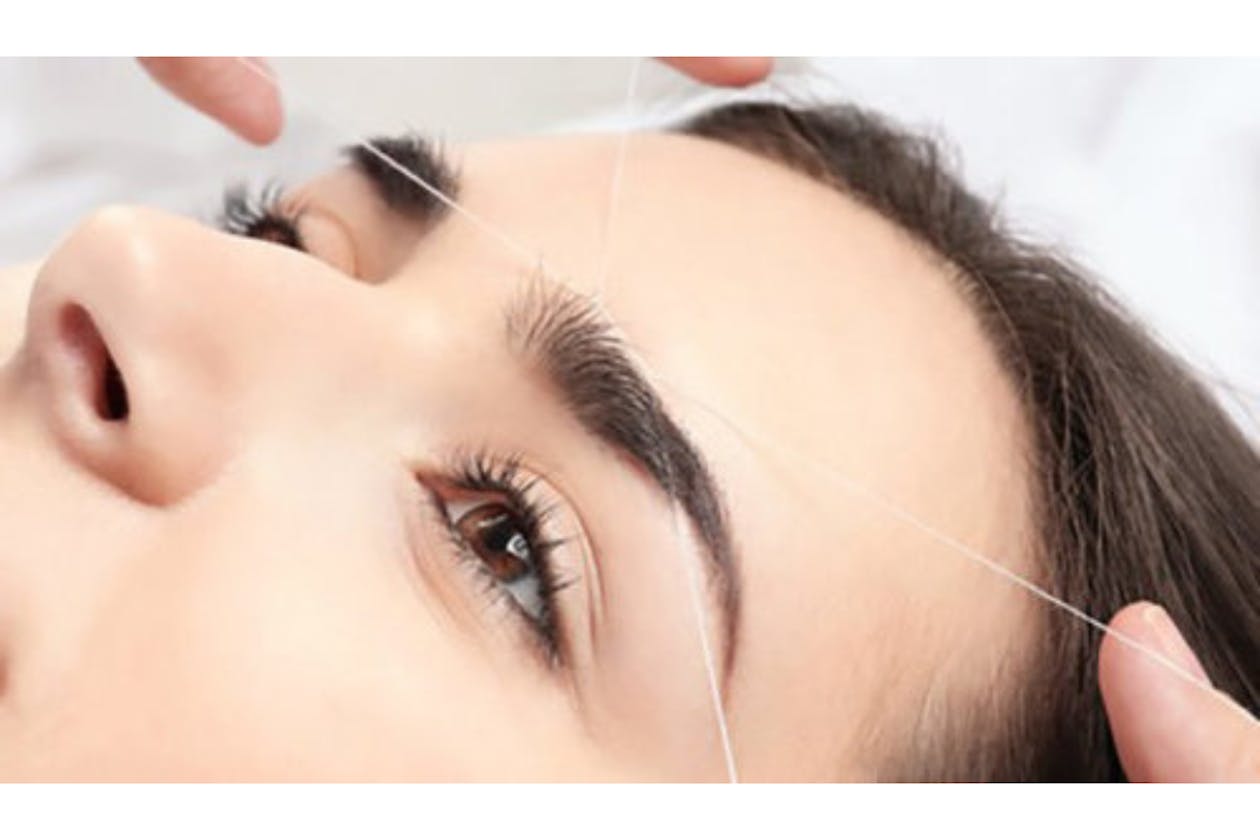
Bani Brow Bar
6 / 320 Carlisle Street , Balaclava 3183(63)For quality lash, brow and beauty services in Balaclava, see the experts at Bani Brow Bar – located inside Val’s International Hair Salon on Carlisle Street.
Rimi Beauty Salon Stafford
19/400 Stafford Road, Stafford 4053(140)For all your threading, waxing and beauty needs, the fantastic team at Rimi Beauty on Teviot Road in Greenbank have got you sorted. Book online today.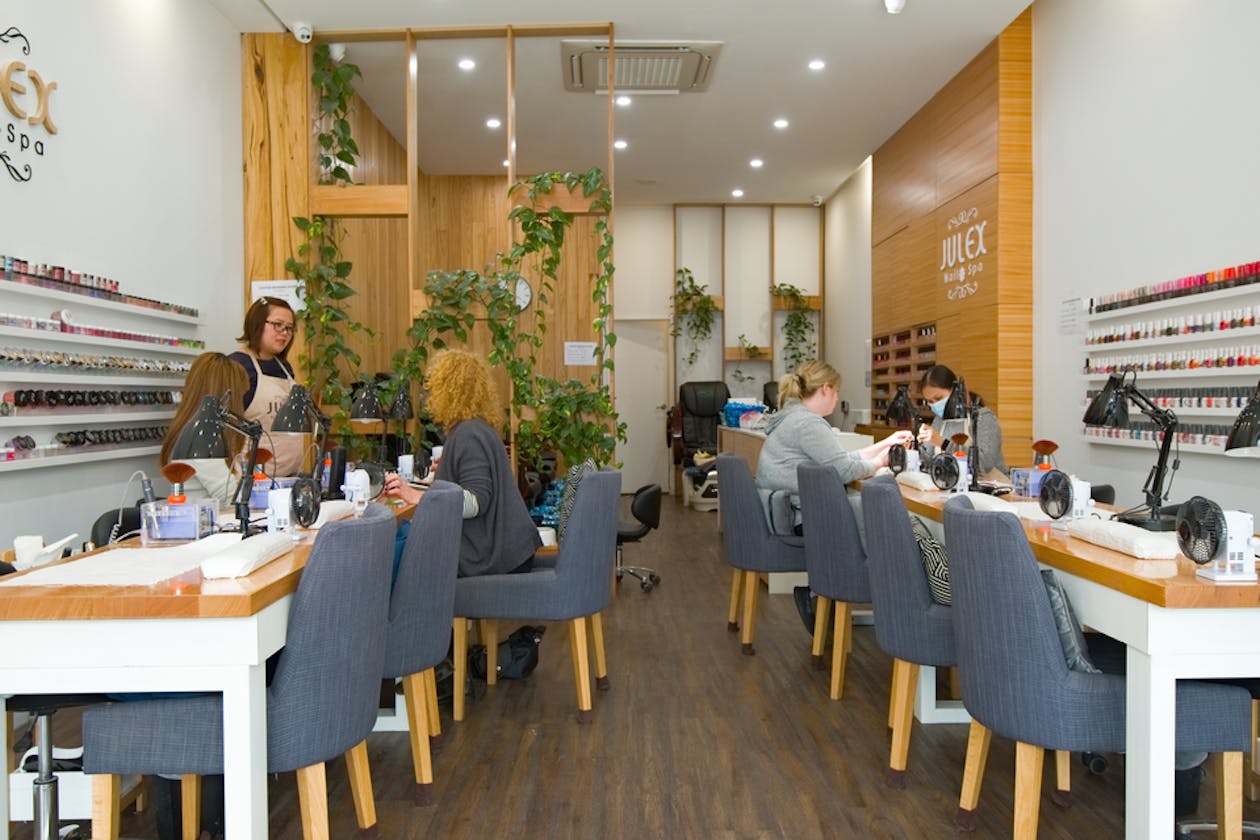
Julex Nail Spa - Prahran
514 Malvern Road, Prahran 3181(37)For the smartest nails in Prahran, book in for a mani or a pedi at Julex Nail Spa. Get perfect nails with polish, Shellac gel, acrylics or an SNS dip powder.
Wax'n Shape
206a William Street, Earlwood 2206(8)Wax’n Shape will leave you feeling great! Treat yourself to a great new look with services including waxing, eyebrow shaping, haircut and colour, and facials.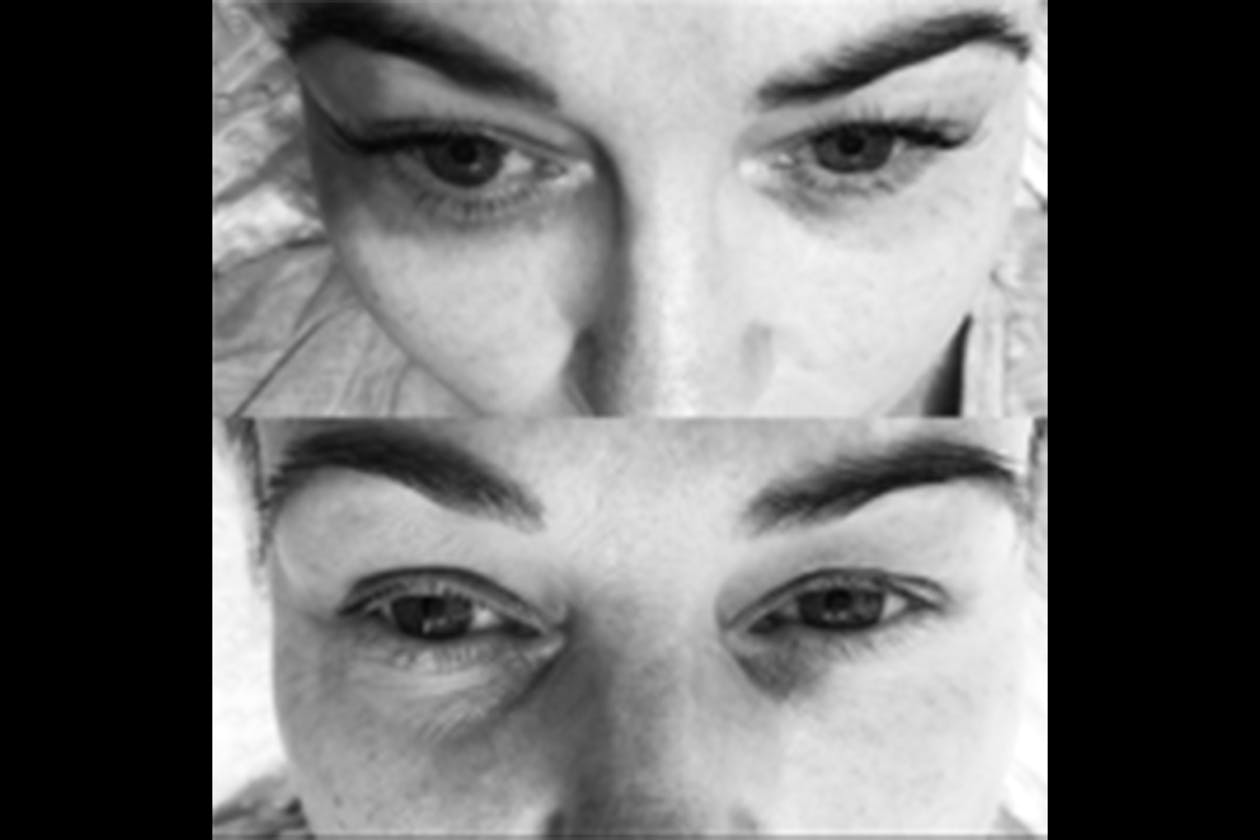
Brees Beauty Room
1 / 2 Smith Street, Charlestown 2290(77)Brees Beauty Room provides excellent service at affordable prices. Treatments include waxing, manicures, pedicures and spray tans, and brows and lashes.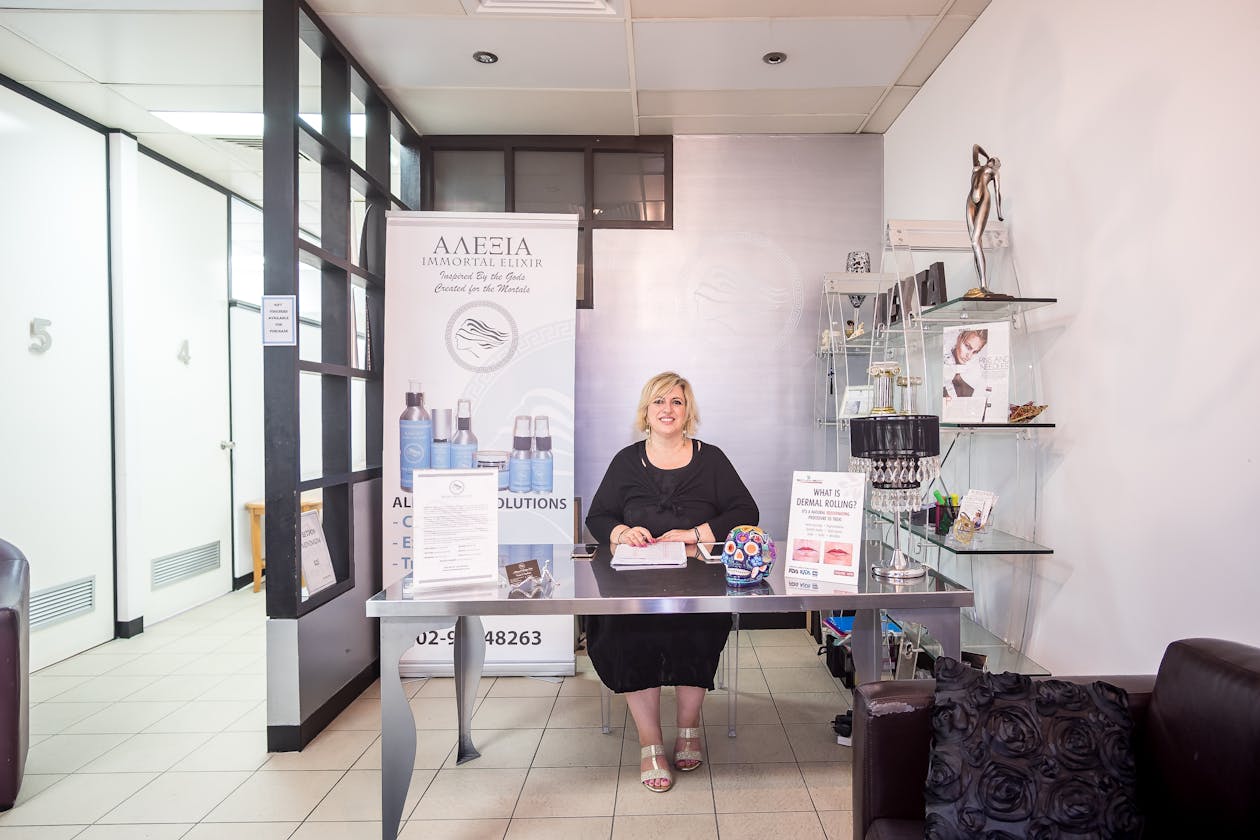
Advanced Esthetique Beauty Clinic
Suit 6 Level 1 398 Victoria Avenue, Chatswood 2067(21)Poppy at Advanced Esthetique Beauty Clinic, knows skin. You won't be able to resist her impressive facials, and essential waxing and brow and lash care.
Diva Care
164 Bridge Road, Richmond 3121(13)Diva Care really knows their stuff when it comes to manicures and pedicures. Pop into the gorgeous salon for a spa treatment or wax, too.
Beauty On Main
Shop 6/15 Tedder Avenue , Main Beach 4217(14)Beauty on Main have incredible facials. Indulge in a relaxing, deep cleansing, or anti-ageing treatment. Then top it off with a body polish and manicure.
DB Brow Studio
Shop 1035a Ingle Farm Shopping Centre, Ingle Farm 5098(10)Treat yourself to perfectly shaped brows, lashes that go for miles, or a revitalising facial at DB Brow Studio in Ingle Farm Shopping Centre today.
Precious Beautee
4 / 18A Hercules Street, Ashfield 2131(126)There's something for everyone at Precious Beautee, including amazing lash and brow treatments, eyelash extensions, waxing, and deluxe facial packages.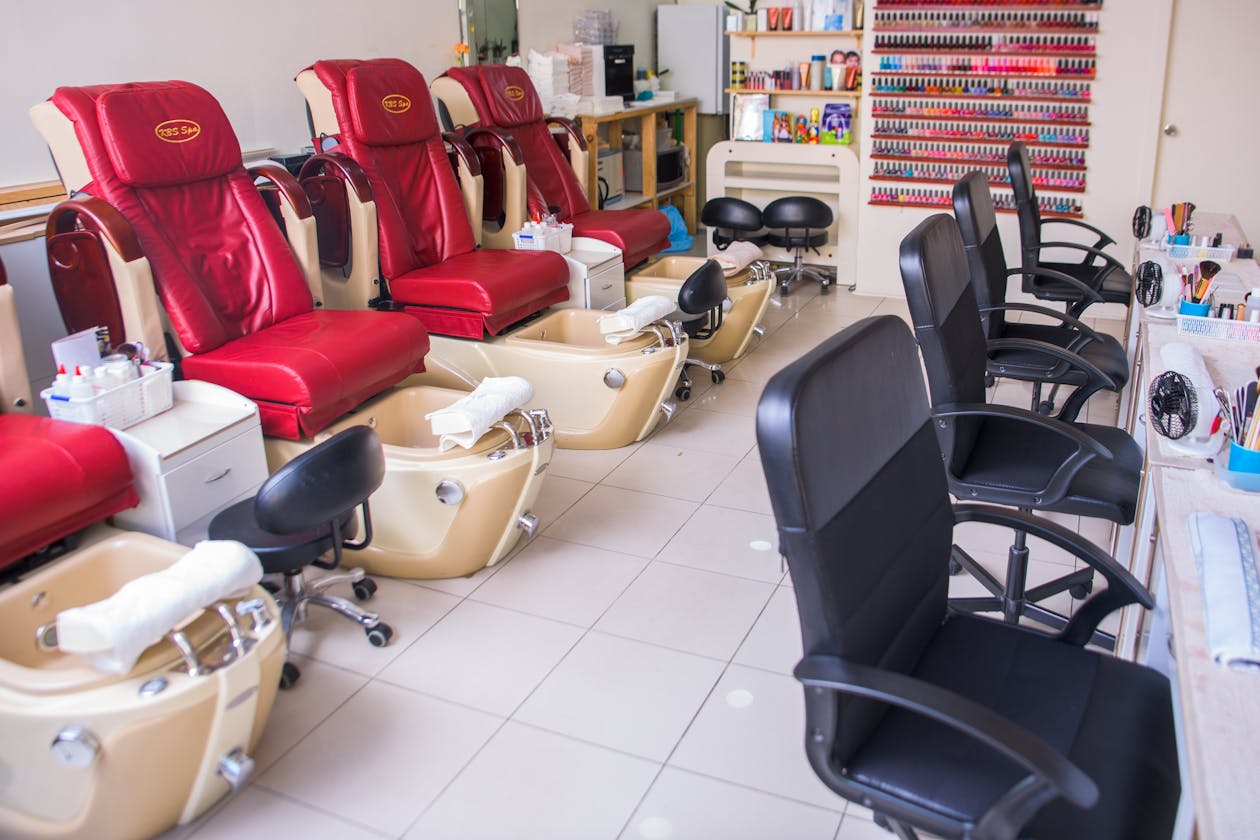
Taj Beauty Salon
161-165 Greville St, Prahran 3181(18)La Isla Nails offers a stunning range of deluxe manicure and pedicure services designed to pamper you from top to toe in trendy Prahran.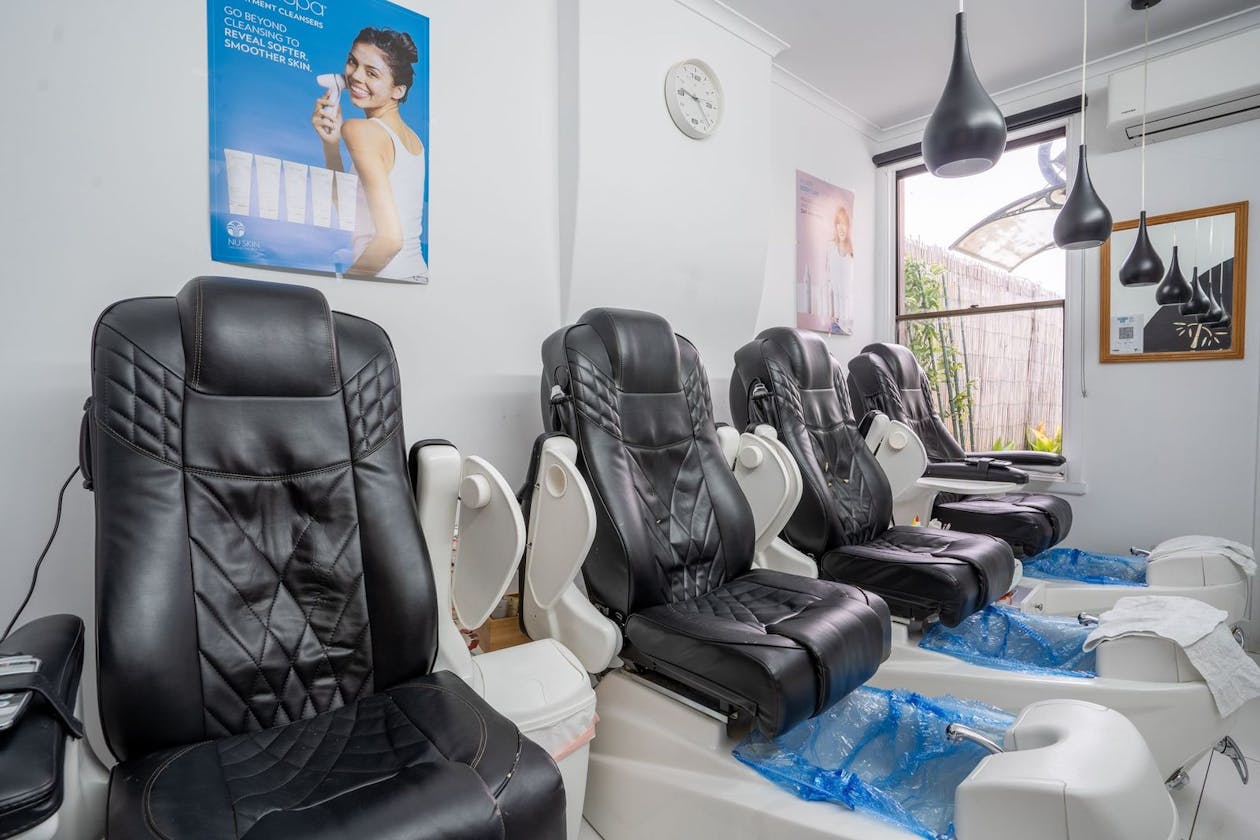
Nelson Nails
169 Nelson Place, Williamstown 3016(11)For quality nails that will have you looking and feeling amazing, look no further than the friendly pros at Nelson Nails on Nelson Place in Williamstown.
Beauty By Mela
131 Union Road, Ascot Vale 3032(95)Beauty by Mela is an innovative beauty studio specialising in decadent treatments to refresh and revitalise the skin located inside Ascot Value Beauty, Ascot Value.
Your Time Beauty
163 Pascoe Vale Road, Moonee Ponds 3039(47)Your Time Beauty in Moonee Ponds is your go-to when you need some ‘me time’ in the form of massage, waxing, facials, lash and brow maintenance and spa packages.
Elizabeth Skin Care
1 / 442 Darling Street, Balmain 2041(13)For beautiful skin, visit Elizabeth Skin Care. Try their signature My Payot Experience facial. Remove unwanted hair with electrolysis or IPL laser or sugaring.
XXLUXEBROWSXX
Shop 4 1132 Gold Coast Highway, Palm Beach 4221(76)XXLUXEBROWSXX offers a range of lash and brow treatments, including eyelash extensions and waxing. Choose from a range of natural to glamorous lashes.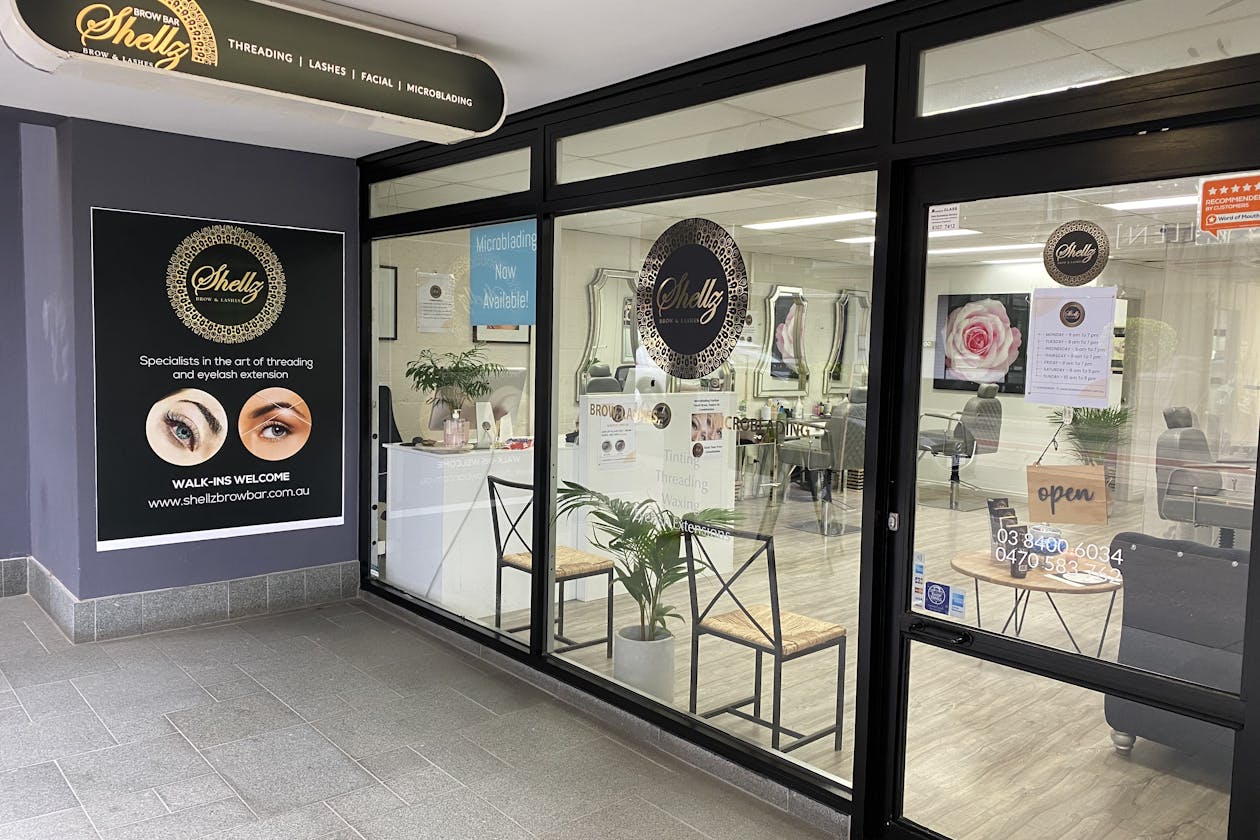
Shellz Brow Bar
163 Commercial Road, South Yarra 3141(73)Shellz Brow Bar is home to a great team of lash and brow specialists who know how to make your eyes pop. Book an appointment for our South Yarra salon today.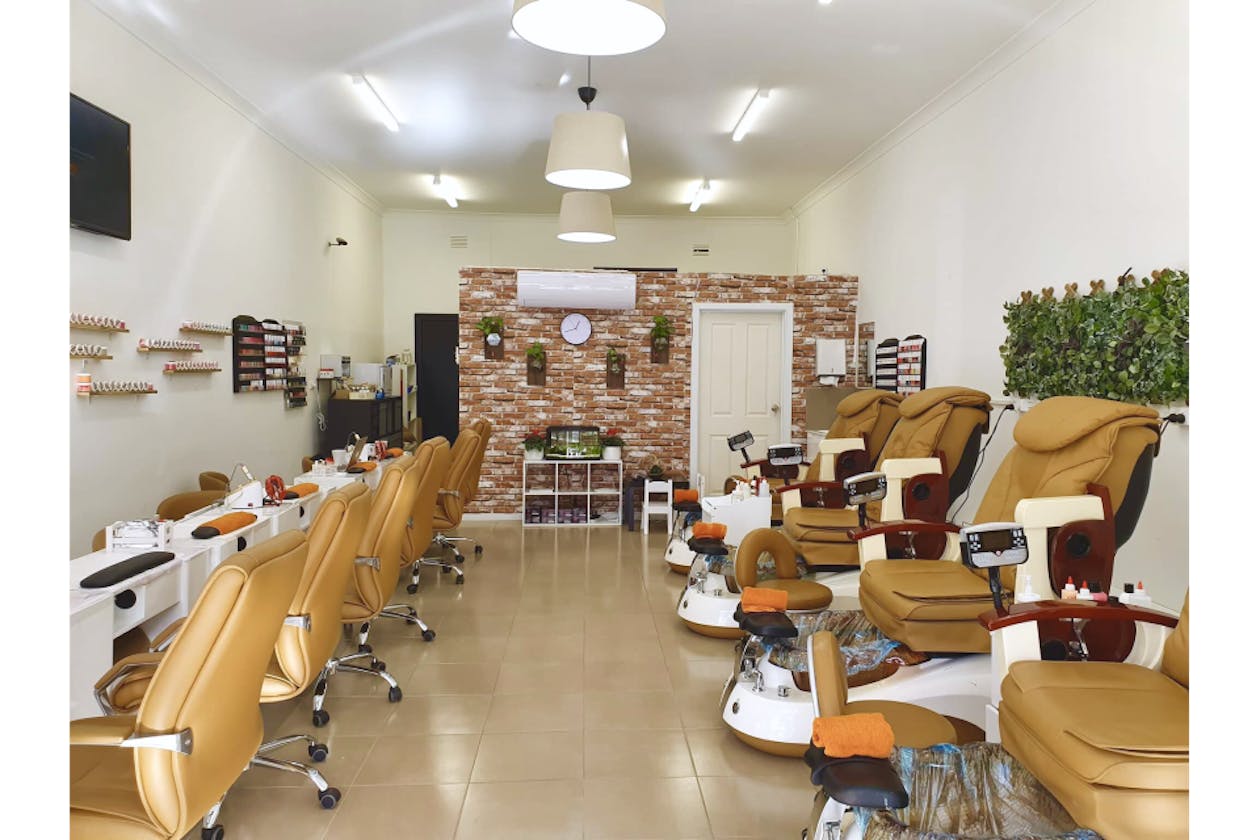
I Love Nails
52 Glen Eira Road, Ripponlea 3185(43)I Love Nails is a boutique nail salon located in Ripponlea offering locals premium manicures and pedicures in a professional salon environment.
Waxing
Love it or hate it, many of us spend half our time trying to grow lustrous locks and the other half trying to get rid of hair from everywhere else!
There's nothing new about hair removal - we've been doing it for centuries. We get many of our modern day beauty rituals from the Ancient Egyptians, so it's no surprise that's where the quest for smooth, hair-free skin seems to have originated.
In fact, those Egyptians were quite obsessed about it. Women removed all their hair - even the hair on their heads - using a variety of methods, including beeswax and sugar-based concoctions.
Waxing and Sugaring
Egyptian hair removal may have been done for hygiene or religious purposes, or even status, as a shaved head with a wig collection was a sign of nobility. In fact the majority of Ancient Egyptians covered up with wigs, made from human hair, sheep wool or plant fibre.
Waxing and sugaring are still the most commonly used methods of removing hair today.
The belief that hair removal was a status symbol continued into the days of the Roman Empire. Yet waxing wasn't as popular. Generally men and women used razors made from flint, tweezers and stones to rid themselves of unwanted fuzz.
Waxing vs. Shaving
Waxing remained out of fashion for a few hundred years, as better razors were developed, along with depilatory cream. However, there was no way shaving could produce the same super-smooth, long-lasting results as waxing.
By the 1960s, waxing was back - and wax strips were invented. Interestingly the first laser hair removal techniques also appeared in the 60s but didn't catch on at that time.
Over the last few decades revolutionary methods of hair removal have sprung up, yet waxing still remains popular. In fact, it's one of the most popular beauty services offered - for both men and women.
What To Expect
For those new to waxing treatments, here's what to expect. A thin layer of warm wax is applied to the skin, either with a spatula or roller, in the direction of hair growth. A strip of fabric is then pressed down onto the wax and quickly ripped off in the opposite direction.
There is also a cold wax method, using pre-waxed strips. Whilst this is something you can do at home, it certainly isn't as effective in removing hair. You may need to go over the same spot again and again to remove the hair, which can irritate the skin or even snap the hair, making it harder to remove.
Waxing offers many advantages. Unlike shaving, there is no prickly regrowth. In fact over time, your hair will grow back softer and sparser. Waxing also gives you semi-permanent hair removal, and the results can last up to six weeks.
Handling Any Discomfort
The downside of waxing can be the pain. Most people who wax regularly stop noticing the pain after a while, but it can be hard to handle in the beginning, especially in more sensitive areas. Salons generally use a different type of wax for facial waxing, bikini line, underarms, and for Brazilians. Instead of removing it with strips, the wax sets and can be removed by hand.
It is quite common to experience some redness or puffiness after waxing, though the better the beautician, the less irritation. It's all to do with how the area of skin is prepared and aftercare. A soothing cream, usually medicated, is applied to lessen soreness.
The most common complaint about home waxing is being left with bruised skin - something you can avoid by going to a professional. There are strict rules about safety and hygiene concerning waxing, but feel free to ask your consultant questions if you want to know more about their process.
Book Waxing in your city
- Adelaide
- Ballarat
- Bendigo
- Blue Mountains
- Brisbane
- Bunbury
- Burnie
- Cairns
- Canberra
- Central Coast
- Cobram
- Coffs Harbour
- Colac
- Darwin
- Geelong
- Gippsland
- Gold Coast
- Goulburn
- Hervey Bay
- Hobart
- Launceston
- Lithgow
- Mackay
- Maitland
- Mansfield
- Melbourne
- Mornington Peninsula
- Newcastle
- Northern NSW
- Orange
- Perth
- Regional NSW
- Regional NT
- Regional QLD
- Regional SA
- Regional VIC
- Regional WA
- Sunshine Coast
- Sydney
- Taree
- Toowoomba
- Torquay
- Townsville
- Wangaratta
- Warrnambool
- Warwick
- Whitsundays
- Wollongong
